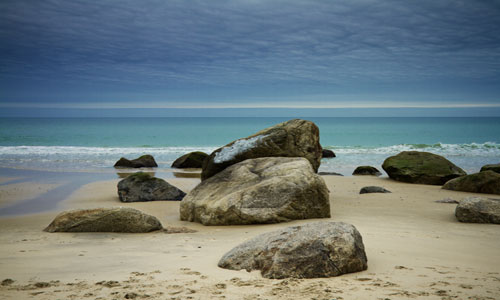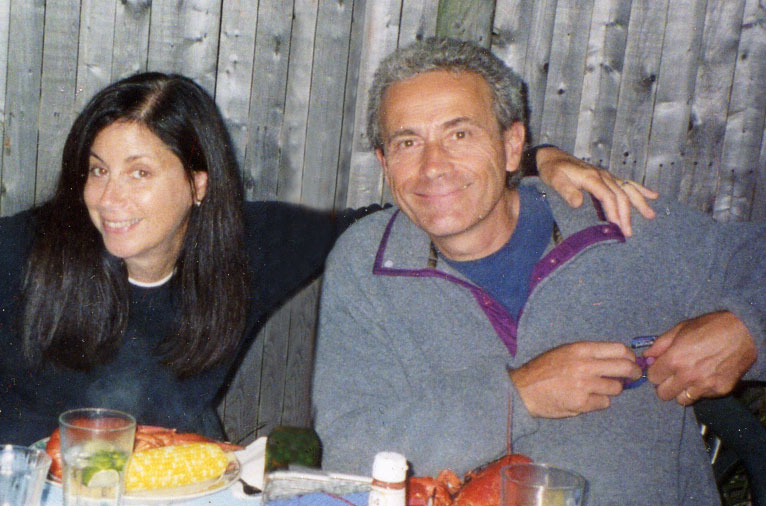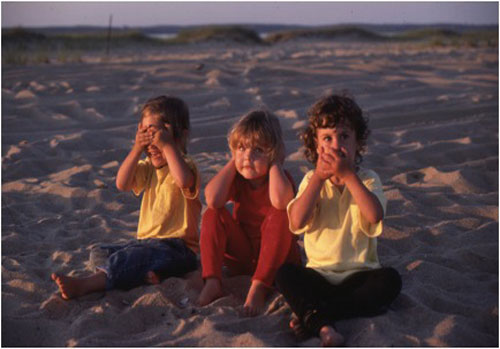 There’s a refrain from an old Leonard Cohen song, "Anthem" that goes like this:
There’s a refrain from an old Leonard Cohen song, "Anthem" that goes like this:
“Ring the bells that still can ring Forget your perfect offering There is a crack, a crack in everything That's how the light gets in.”
We can only postulate what Cohen was writing about in the ’60, but right now, cracks are ringing warning bells in the fight against hydraulic gas fracking.
Frack New York?
I won’t get into the nitty-gritty of fracking, as I believe many of my Econesting friends are well-versed on the subject (you can read my post from last year, and this comprehensive natural gas Q&A). I also leave that to my environmental planner husband, Ted. He's working with municipalities up and down the Marcellus Shale helping citizens protect their environmental destinies, rather than accept a poisonous fate that has already inflicted so many people. (If you have any questions about fracking, please leave a comment below--he's happy to answer.)
Because of “cracks” from gas companies and politicians, fracking has crept dangerously close to my beloved home state of New York. Gov. Cuomo will soon make a final decision regarding shale gas fracturing in the Southern Tier of NY State.
3 Reasons Not To Frack The Southern Tier of NY
1. This area houses bountiful and clean groundwater. The possibility that a precious water supply will be irreparably harmed seems senseless.
2. This area is more impoverished than other parts of NY, bringing rightful cries of environmental justice:
“Sending a polluting industry into our most economically impoverished communities is a violation of environmental justice…Partitioning our state into frack and no-frack zones based on economic desperation is a shameful idea...The pregnant mother who drinks unfiltered water from a rural well in the Susquehanna River Valley has the same right to environmental protection as the mother in Manhattan who drinks unfiltered water brought to her from the off-limits New York City watershed” ~ Sandra Steingraber, New Yorkers Against Fracking
3. We are hearing very little from our political leaders about clean alternative energy sources as viable options.
“The Governor promised to be ‘guided by science’ when it came to fracking. He has not kept his promises. Instead, he put a climate denier in charge of overseeing the environmental review process for fracking…Introducing new oil and gas drilling into New York will keep us dangerously addicted to fossil fuels as the world warms, and leave a toxic legacy in the Southern Tier counties that most need an economic revival led by green industry.” ~ Phil Aroneanu, 350.org
Mother Love and Loss
As someone who helps lead a powerful group of parents, the Moms Clean Air Force, I’ve come to understand the importance of everyday people working alongside large organizations, and even celebrities, in the fight for our children’s future. I've also lived with artists my whole life, and I know that the natural environment is a source of constant inspiration worth fighting for.
The matter of love and loss is something parents know all too well, and I believe frack activists may have found the crack that lets in the light with two artist celebs who know a thing or two about love and loss, Yoko and Sean:
http://youtu.be/uzZ_Fix5K6I
Didn't that crack you up?
Please join Artists Against Fracking. And while you’re at it, if you haven’t already joined Moms Clean Air Force, you can do so right here. Thank you.
Main image: New Yorkers Against Fracking







